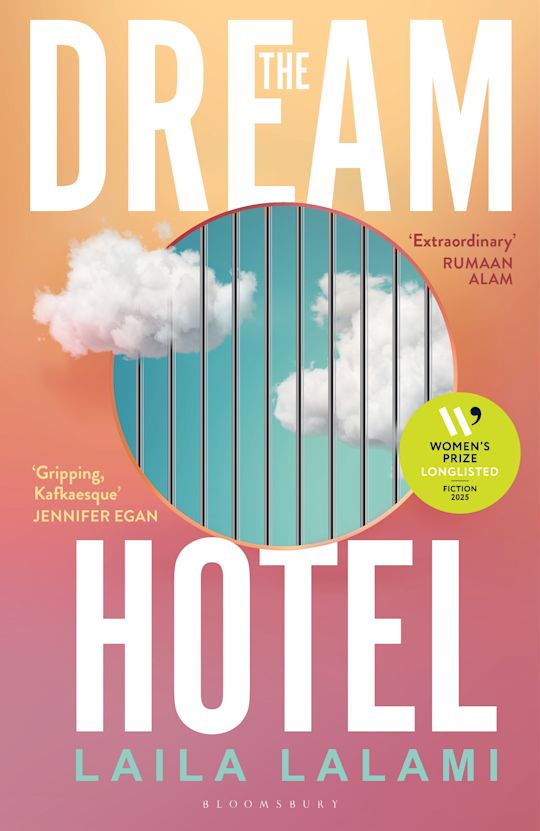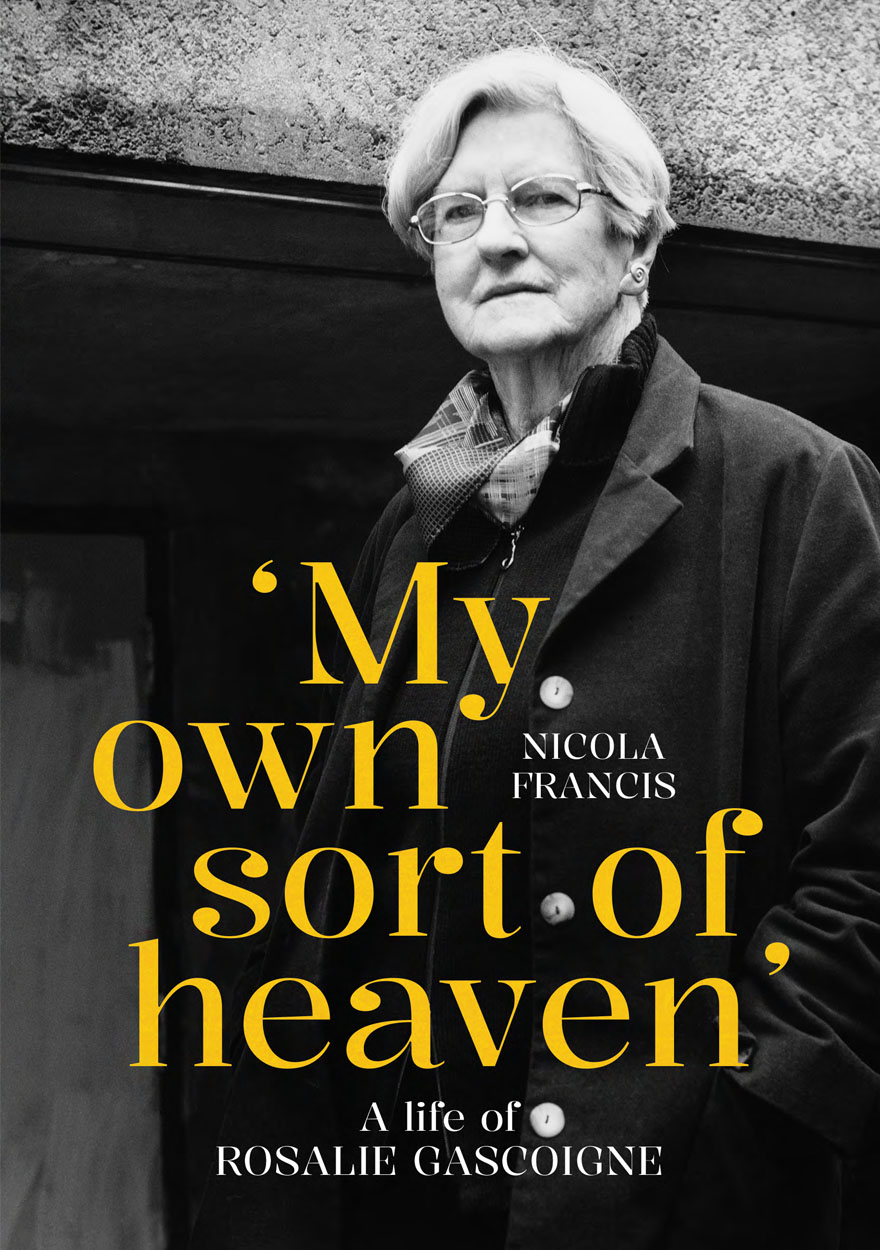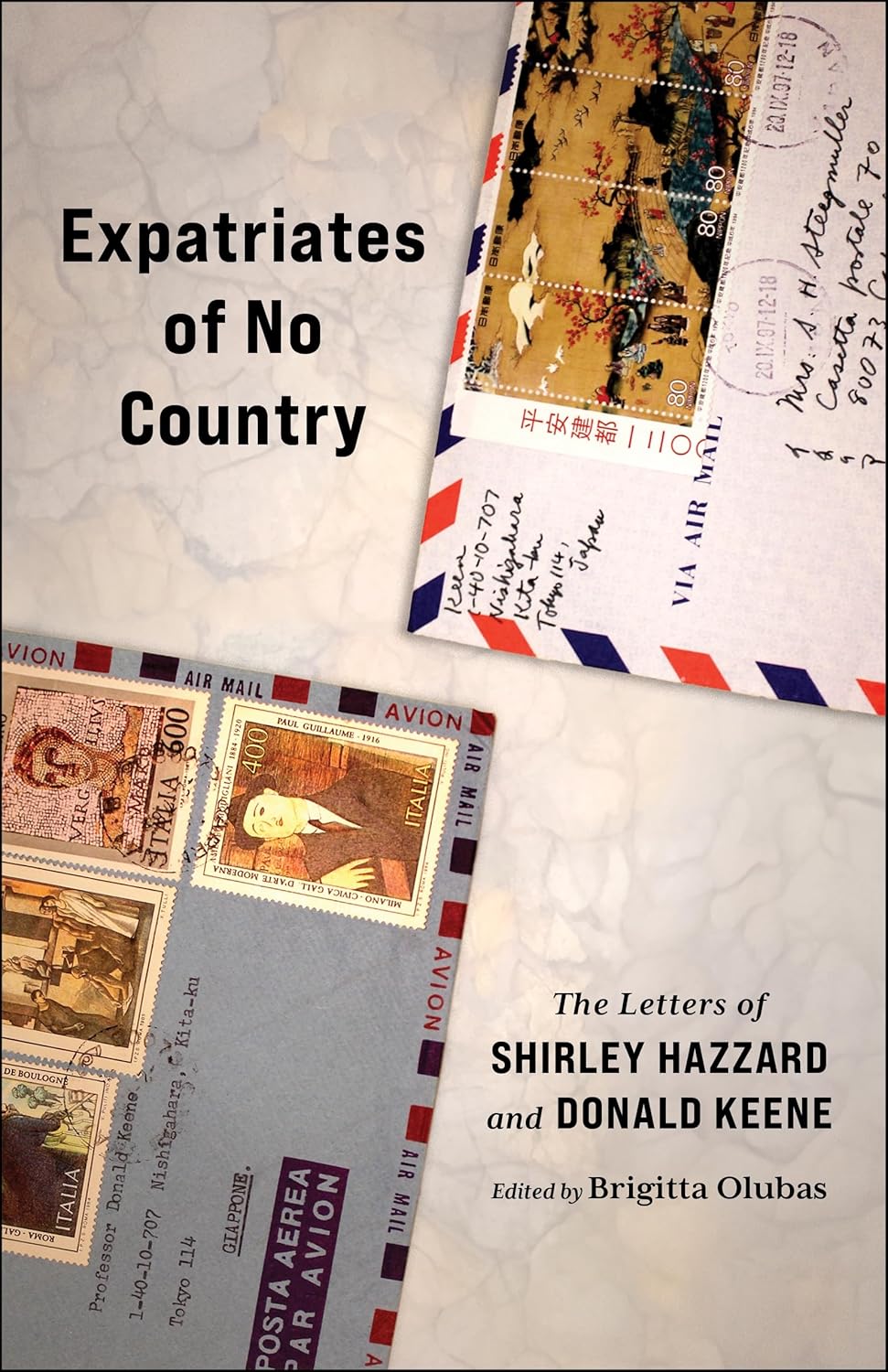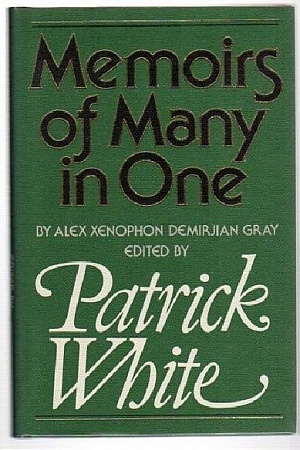Patrick White's Papers
It’s not often that literature makes the front page of the Sydney Morning Herald, but on 3 November 2006 the lead story was a report by David Marr about the National Library of Australia’s purchase of a collection of Patrick White’s papers, previously thought destroyed. Other media, both in Australia and internationally, picked up the story. The Times Literary Supplement ran a major essay on White by David Malouf (5 January 2007), while ABR carried a piece by Marie-Louise Ayres, the Library’s Curator of Manuscripts (April 2007), in which she described the material and indicated some of the insights it provided.
Four years on, it is possible to say more about the ways in which this new material illuminates the writing life of Patrick White. There has been revived interest in his work, not all directly occasioned by the new manuscripts. Sales of his novels were boosted this year when The Vivisector was shortlisted for the Lost Booker Prize; and a film of The Eye of the Storm, starring Charlotte Rampling, Judy Davis, and Geoffrey Rush, and a chamber opera based on The Cockatoos, are in preparation. Remembering Patrick White: Contemporary Critical Essays, edited by Elizabeth McMahon and Brigitta Olubas (Rodopi), and generated by a conference held in 2007 to celebrate Voss’s half century, was published in 2010.
In June 2010, another conference, ‘Patrick White: Modernist Impact/Critical Futures’, was held at the University of London’s Institute of English Studies. David Marr spoke on ‘The London White’, and papers by scholars from Britain, Europe, the United States, and Australia discussed many aspects of White’s achievement. There was consideration of White’s relation to his contemporaries Christina Stead, Iris Murdoch, William Faulkner, and Saul Bellow, as well as to Manning Clark and Barry Humphries. The postmodern aspects of his late works were highlighted. Elizabeth Schafer, in ‘A Ham Funeral: Patrick White, Collaboration and Neil Armfield’, argued that in his productions of White’s plays over twenty years, Armfield has been in effect collaborating with White, the productions generating an implied critique of the plays.
A similar emphasis emerged from ‘The Voss Journey’, a public event that was also an extraordinary exercise in scholarly recuperation, held in Canberra in May 2009. Its focus was on Voss (1957) and its afterlife: the 1986 opera, and various attempts (still ongoing) to produce a film. Many of those involved in the opera production participated: David Malouf, the librettist; Moffatt Oxenbould, then artistic director of Opera Australia; Jim Sharman, the director; and, especially memorable, Geoffrey Chard (Voss) and Marilyn Richardson (Laura). The joint curators, Vincent Plush and Robyn Holmes, are preparing a comprehensive narrative exploring the history of Voss, to be made available online and through the collections of the National Library and the National Film and Sound Archive.
Significantly, ‘The Voss Journey’ located White in the context of the flowering of Australian performance culture in the 1970s. It foregrounded the importance of his relationships with key figures of that flowering, such as Jim Sharman. Such a perspective situates White in an Australian, and specifically Sydney, context in which he is no longer the sole colossus; and is exemplary of the way new material and the passage of time can identify unrecognised dimensions of his career.
Turning to our own work on the National Library manuscripts, understanding of White’s writing is deepened by the insights provided into his processes of composition, including the research undertaken for his novels, as well as the nature and extent of his revisions. The ten working notebooks, in use from the 1930s into the 1980s, contain entries that modify previous assumptions about the trajectory of his career because of what they show about the gestation of both published and unpublished works. It was immediately clear, for example, that White had elements of The Aunt’s Story (1948) and Voss in mind earlier than had been realised, but the extensive connections between these novels have become apparent only with closer scrutiny.
The three major unpublished fiction manuscripts present different opportunities for thinking about the ways White returned to and reworked themes and characters. He cannibalised ‘Dolly Formosa and the Happy Few’ (about 25,000 words) and ‘The Binoculars and Helen Nell’ (about 160,000), both dating from the late 1960s, for his last novel, Memoirs of Many in One (1986). ‘The Hanging Garden’, begun and put aside in 1981, is a different case. Although it is clear that White intended it to continue, this 25,000-word story is complete in itself, like parts of The Twyborn Affair and The Aunt’s Story,and we agree with Marr’s description of it as ‘a masterpiece in the making’ (‘Patrick White: The Final Chapter’, The Monthly,April 2008). ‘The Hanging Garden’ engages freshly with both personal experience set against contemporary history, and satirical social commentary cut with lyrical romanticism.
Set in Sydney in the later years of World War II, ending on VE Day, the story centres on an adolescent girl, Eirene, evacuated from Greece, where she was born to a Greek father, now dead, and an Australian mother. She is housed with the British widow of a warrant officer who had served in India with the father of another adolescent evacuee, the English Gilbert Horsfall. The house and garden are familiar from White’s other works, though this time set on the north side of Sydney Harbour. The central dynamic is an exercise in the chemistry of adolescent relationships reminiscent of ‘Down at the Dump’. In a way, it is the story of White and his partner Manoly Lascaris, though Eirene and Gilbert do not end up together. There are familiar motifs: cultural displacement, father figures who are sexual predators, a range of mothers (one may be a whore), a volcano, a cairngorm, fuchsias, together with a box containing a talisman (this time a shrunken head from the Amazon). Less familiar is a recognisable ‘real life’ cameo, of the exclusive Sydney girls’ school Abbotsleigh (here Ambleside), under the legendary Betty Archdale.
 Patrick White
Patrick White
White’s use of historical material in his fiction has occasioned debate at least since Voss. In Patrick White: A Life (1991),David Marr insists on White’s concern for factual accuracy in his work. In the notebooks and other papers, we now can see in detail the extent of his research: he quarried Australian sources mainly for Voss, A Fringe of Leaves (1976) and The Eye of the Storm (1973), and studied much Jewish material for Riders in the Chariot (1961).That said, for Voss he read copiously not only in English language sources, but also in German ones such as Leichhardt’s correspondence with his relatives, which, as Angus Nicholls demonstrated in his paper for the London conference, may well have been the main source for White’s depiction of Voss. While he made many notes from Alec Chisholm’s Strange New World: The Adventures of John Gilbert and Ludwig Leichhardt (1955), White’s concern was with factual detail about the terrain, vegetation, and wildlife. Voss does not reflect Chisholm’s character assessments of the explorers or his accounts of their interactions.
Similarly, for A Fringe of Leaves White ranged through nineteenth-century sources dealing with Eliza Fraser and early Queensland history. He looked at studies and translations of Virgil (so important to the fictional Austin Roxburgh); a dictionary of costume; and A.L. Rowse’s Autobiography of a Cornishman: A Cornish childhood (1942). White’s determination to be accurate and to avoid anachronism is everywhere evident: in the manuscript of ‘The Hanging Garden’, there is a note to himself: ‘Hidden in the mangroves blacks are waiting to spear the landing parties of explorers. (Find out about these mangroves.)’
This is one kind of insight into White’s ways of working. There is also the possibility now of fine-grained demonstration of the basis for his famous claim that, ‘I rewrite endlessly, sentence by sentence; it’s more like oxywelding than writing.’ Here is an example of oxywelding from a typescript of The Vivisector, showing the kind of revision that is likely to have occurred many more times than can be documented. On the back of a discarded typed page which refers to the Duffield family ring and the grandfather dying of a seizure in Parramatta Road, there are some handwritten sentences about Mrs Courtney and the boy Hurtle:
She smiled at him so sweetly
She cocked her head, and smiled at him so sweetly
She cocked her head and smiled so sweetly [illegible]:
he might have been a man
We see here progressive elaboration of the basic action, with the interpretation and development of Hurtle’s point of view finally consolidated. Later in the typescript, we find the form of words that appears in the published novel: ‘She cocked her head, and smiled so sweetly at him, you wouldn’t have thought she had the advantage: he might have been a man.’ (Jonathan Cape, 1970, p. 32: the italicised words are added in the published version)
The National Library manuscripts also reveal the extent of White’s work across genres from early in his career. His first publications in the 1920s and 1930s were poems, and some unpublished poems appear in the working notebooks. It is the amount of unpublished dramatic material that is especially interesting. White wrote for the stage in the 1930s and 1940s, then again in the 1960s, and turned to drama even more in the 1970s and 1980s. NLA MS9982 includes copious drafts of plays, a number of them produced, such as Signal Driver (1982), Netherwood (1983), and Shepherd on the Rocks (1987). The most substantial of the unperformed and unpublished plays is the late ‘The White Goddess and the Firebird’, of which there are two full versions. There are many scripts for film and radio plays: for example, screenplays based on the short stories ‘Willy Wagtails by Moonlight’, ‘Clay’, and ‘Down at the Dump’. Further exploration of this body of material will contribute to a revised account of the significance of White’s dramatic works, especially in the last phase of his career.
One of the notebooks contains brief snatches of dialogue and lists of characters relating to several different plays that White had in hand in the 1930s. Though a good deal of the notebook material is fragmentary, there are more sustained drafts for some works, such as a play entitled ‘Marriages are Made in Hell’, which is particularly interesting with respect to White’s later work. These notes begin with an outline of the main theme:
The Bassetts are, in their own opinion, happily married. Brionne and Julian are living in what they accept as satisfactory sin. But Hochtenfel awakens doubts. Why should Mr Bassett accept his wife’s nagging? Has not Mrs Bassett always suppressed somewhat luxurious and ambitious thoughts? Julian has endured Brionne’s tantrums for years because he has not the willpower to avoid them. Brionne’s clinging to Julian is the consequence of ambition and vanity.
Both the Bassetts and Brionne & Julian are the victims of their separate codes, on the one hand the conventional, on the other the unconventional.
The following dialogue makes clear that Brionne is one of the bright young things who feature in many of White’s dramatic attempts from this period, while Hochtenfel appears to be something of a chorus figure:
Brionne: A sense of morality just happens. Some people are born with it, some aren’t. I wasn’t. So however hard you look at me, Mrs Bassett, you won’t make me a good woman.
Hochtenfel: Mrs Bassett once had a sense of morality. Now she’s morality itself.
Brionne: Oh, dear, how uneventful for her. Poor Mrs Bassett!
A later section of dialogue between the Bassetts makes evident that they come from the lower middle classes. Their relationship, as sketched by White in the outline quoted, and demonstrated in this dialogue, foreshadows that between Mr and Mrs Lusty in The Ham Funeral (1947):
Mrs Bassett: You know I could never abide dogs.
Mr Bassett: I must say some dogs ’ave very takin’ ways. There’s Mr Edwards’ Tinker now, ’e can stand on ’is hind legs like a Christian, and smoke a pipe of tobacco.
Mrs Bassett: That brings me no closer to likin’ dogs. Nasty little creatures … soilin’ the carpets, and leavin’ hair over everything. I’ve got no time for ’em.
Mr Bassett: Nobody asked you to ’ave time.
Mrs Bassett: That’s a cheeky answer for a man to give his wife.
Mr Bassett: A man ’as to say something.
Mrs Bassett: There are ways an’ ways of sayin’, Henry. But evidently that’s something you never learnt.
Mr Bassett: All right, Flo. All right.
Mrs Bassett: No, it isn’t all right.
Mr Bassett: All right then, it isn’t. I wonder if tomatoes do down here?
Of course, the long-suffering husband and dissatisfied wife sketched here look forward not only to The Ham Funeral but to Stan and Amy Parker in The Tree of Man (1955) and to many other married couples in White’s later plays, stories, and novels. An interesting feature of these snatches of early plays is their predominant focus on female rather than male voices, something that was to remain true of much of White’s work for the theatre.
Another notebook contains material explicitly relating to The Ham Funeral. This probably dates from White’s return to that play around 1958, rather than from the time of its initial composition in 1947. His renewed interest in The Ham Funeral would seem to have been provoked in part by his very negative reaction to seeing Ray Lawler’s Summer of the Seventeenth Doll (1955). White’s criticisms of Lawler’s hit play are forthright:
The night I went the line that got the biggest laugh was: ‘These bloody mozzies!’ That line & its reception seems to me to illuminate the very core of the work, & to explain why the author has succeeded. … In The Doll Lawler merely reproduces banality. The reproduction has not the faintest tinge of great art. It remains a rather boring version of the real.
He modified his opinion after reading the play, while continuing to object to its realism. That objection is the basis of his addition of the prologue to The Ham Funeral, where the Young Man warns the audience that this may not be their kind of play.
Immediately following White’s criticisms of Lawler, there is a draft of the most controversial scene in The Ham Funeral, the one where the two knockabout ladies, rooting in the dustbin, find the dead foetus. The next eight pages contain drafts of most of this scene, in one case intercutby a section of draft for Riders in the Chariot. White later made some small but significant changes in the ladies’ dialogue, not always for the better. For example, the Second Lady’s reaction to the First Lady’s scream on finding the foetus is, in the notebook version: ‘Oh, ’ark at ’er! She’s remembered ’er own wedding night.’ In the published version of the play, this has become the rather blander ‘Oh, ’ark at ’er! She’s remembered somethink she lost.’ Generally, however, the final version of their dialogue shows few changes from this draft. More changes were made in the Young Man’s reflections after the two ladies depart, with some of the more pompous lines in the notebook version cut.
These are only some of the ways in which the National Library manuscripts provoke re-reading of White. At once they extend the canon of White’s work, and variously illuminate current perceptions of, and perspectives on, his achievement. More can be expected with the approach of the centenary of his birth in 2012, which will see a number of publications as well as an exhibition and an associated events program at the National Library.
We thank Barbara Mobbs, literary agent for Patrick White’s estate, for permission to quote unpublished material.














Leave a comment
If you are an ABR subscriber, you will need to sign in to post a comment.
If you have forgotten your sign in details, or if you receive an error message when trying to submit your comment, please email your comment (and the name of the article to which it relates) to ABR Comments. We will review your comment and, subject to approval, we will post it under your name.
Please note that all comments must be approved by ABR and comply with our Terms & Conditions.